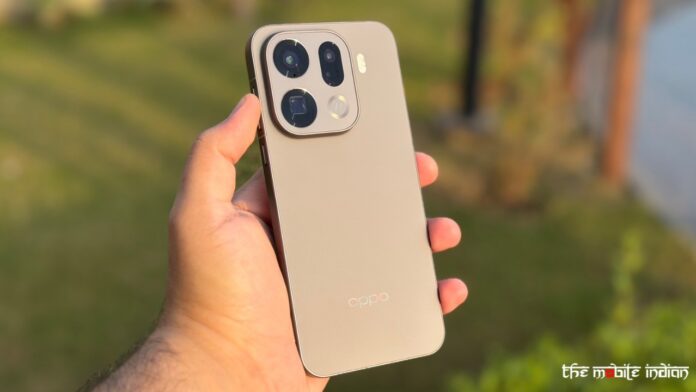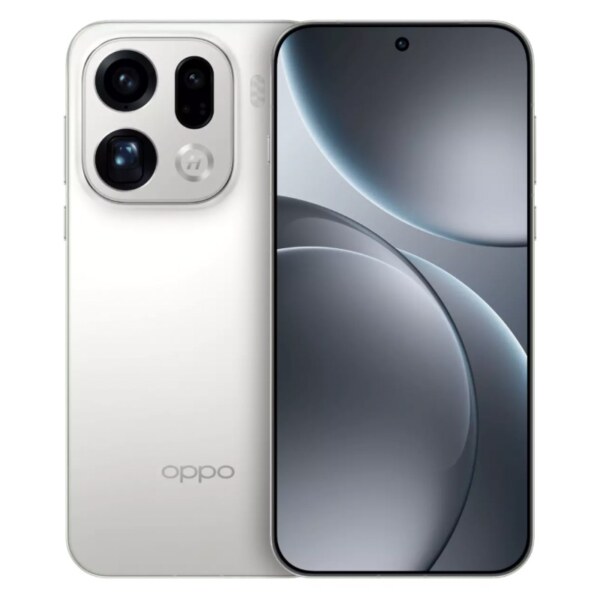Oppo Find X9 Pro is the best Oppo has to offer right now as it’s the brand’s most packed smartphone till date. At Rs 1,09,999, the Find X9 Pro aims to be ambitious, balanced, powerful, and basically excel at everything a smartphone can achieve but can it really do so? We’ll find that out in our review of the Oppo Find X9 Pro.
Design
The design of the Oppo Find X9 Pro remains unique, same as last year’s Find X8 Pro. While Find X8 Pro was also quite premium, the Find X9 Pro ups the game with an even more premium design. The sides remain flat but help a lot with the grip, especially because this device is a big one to hold in one hand.

It is also slightly on the heavier side but I associate heft with premiumness so I don’t think of it as an issue. The square camera module on the back with the Hasselblad branding looks similar to the Find X5 Pro but better.
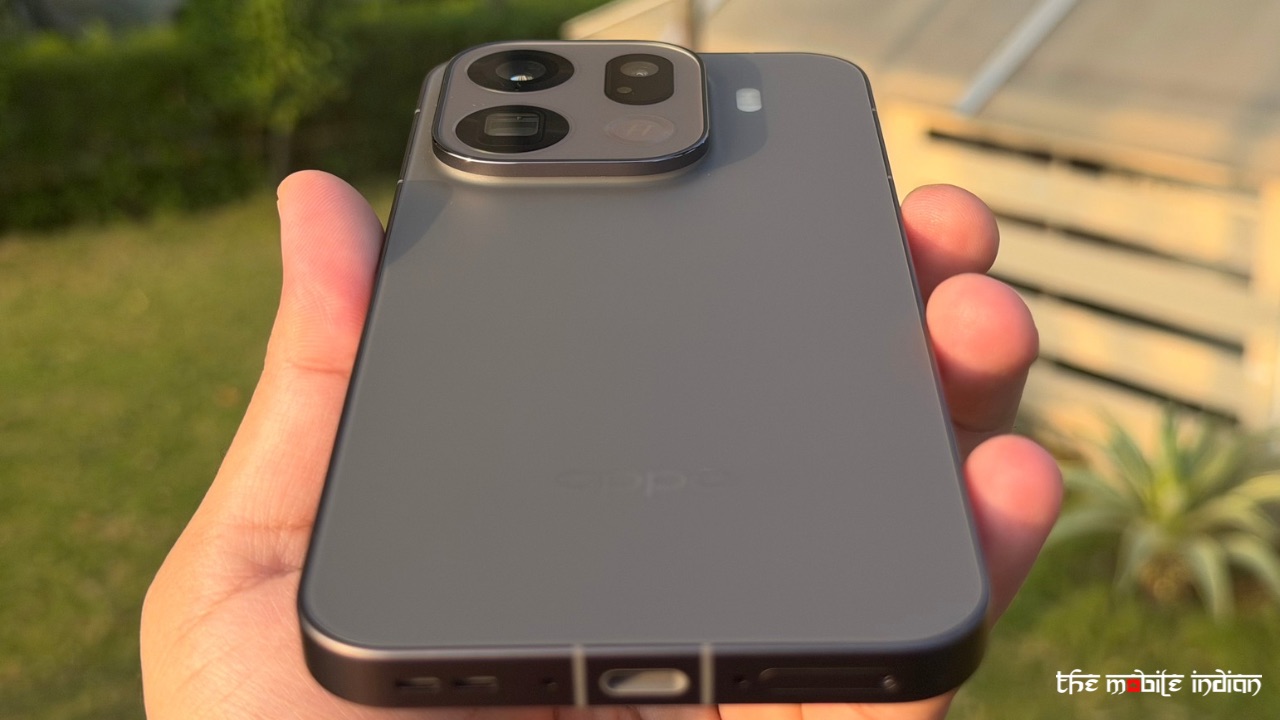
Next, the device comes in two shades and the Titanium Charcoal hue we got looks extremely beautiful. It’s minimal, elegant, and offers that perfect touch of sophistication you’d expect from a flagship. Not too tacky like the orange of the iPhone and not too basic like the black of any phone out there. The brown-ish shade shines bright under direct sunlight and essentially demands attention despite being not too flashy.

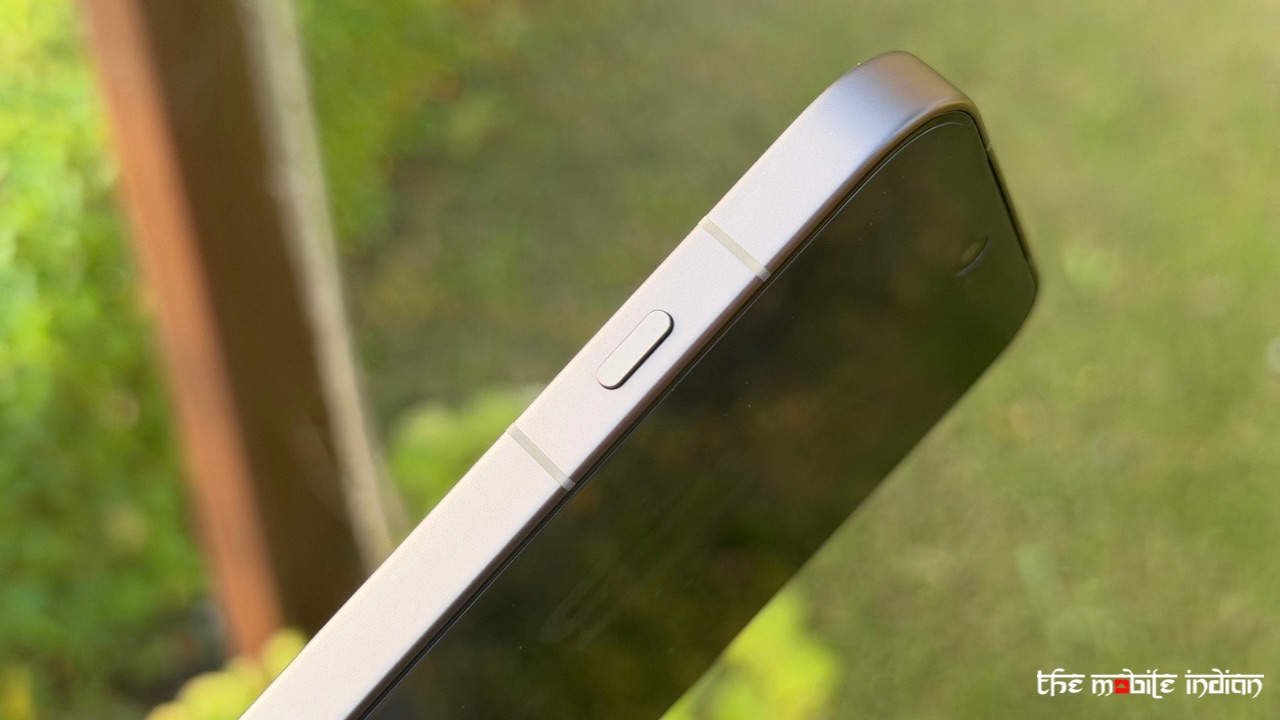
There are two more buttons beyond the volume rocker and the power key, which are the Snap Key and the Quick Button that is basically the Camera Control key from iPhones.

However, unlike the iPhone, it’s not a mechanical button but a solid-state button and is pressure sensitive so that it creates a haptic feedback when you press on it. Its function is identical to the iPhone counterpart, where you can swipe on it to adjust zoom level, press on it twice to quickly open the camera, and press it once when within the camera App to shoot a photo or a video.
With the iPhone, my major issue with the button has always been the odd placement of the key where it should have been more towards the right side when holding the device in landscape and that’s exactly the same issue with the Find X9 Pro.
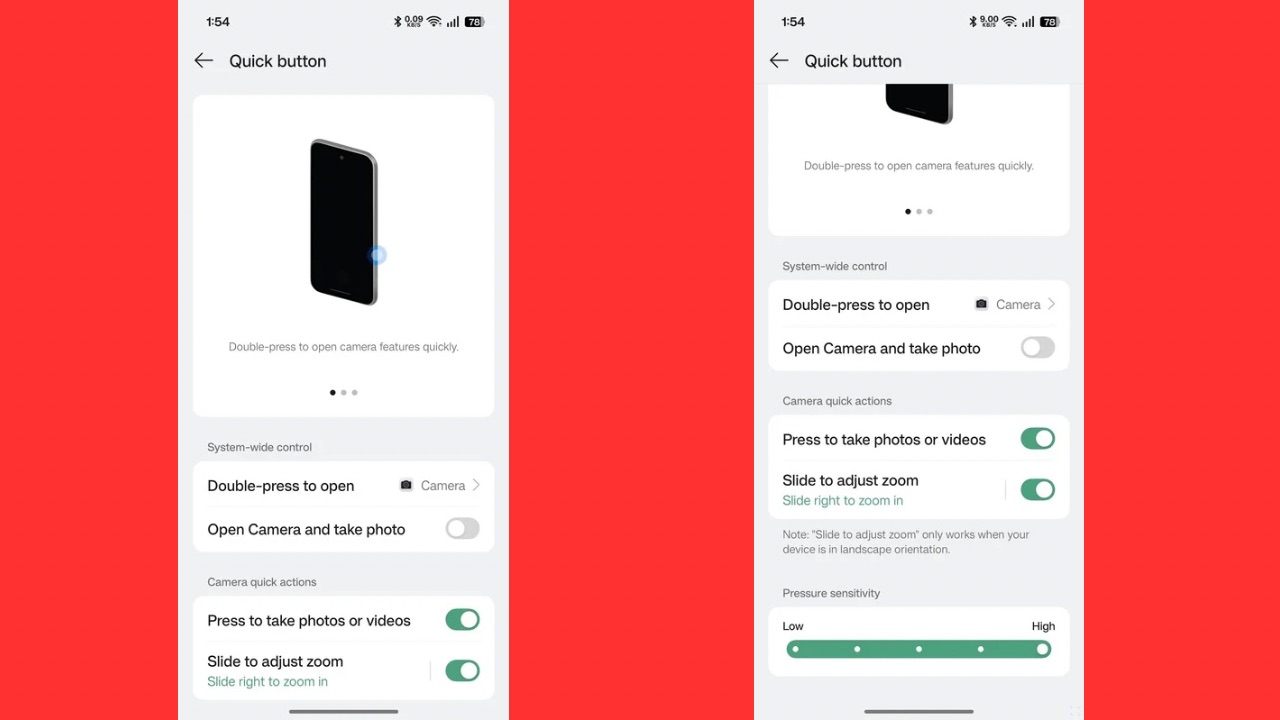
You can also set the pressure sensitivity of this button but it’s not remappable if you were hoping for it. While it wasn’t the most useful for me personally, it’s here if you want to use it.
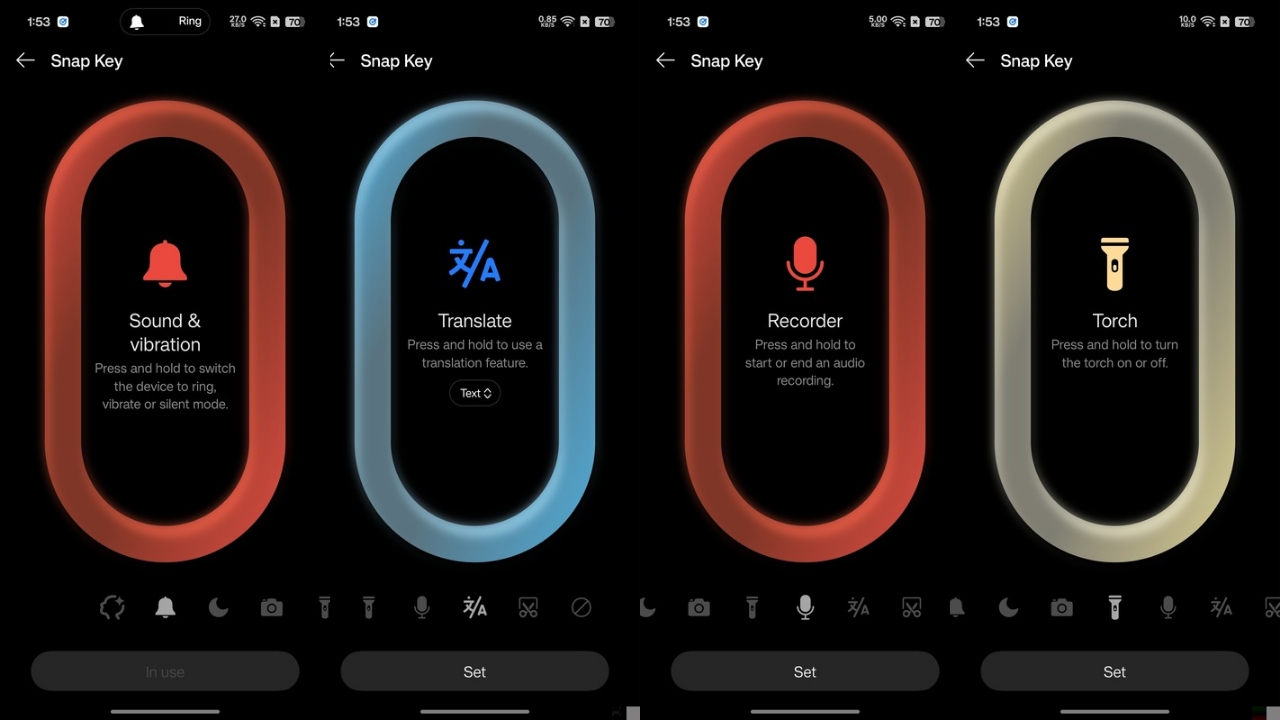
The Snap key, however, is remappable to a bunch of functions like changing the ringer mode of the device, activate Mind space, turn on/off torch, activate camera, use recorder, use translate function, take a screenshot, enable DND mode, or a ‘No action’ option so it does nothing when pressed.
Speaking of haptic feedback, it is still one of the best on any Android phone and is right next to the Google Pixel. It’s tight, strong, and is good enough to pull off the Apple’s Touch ID-like pressure sensitive button to make it feel as if the button was actually pressed when it was just the haptic feedback.
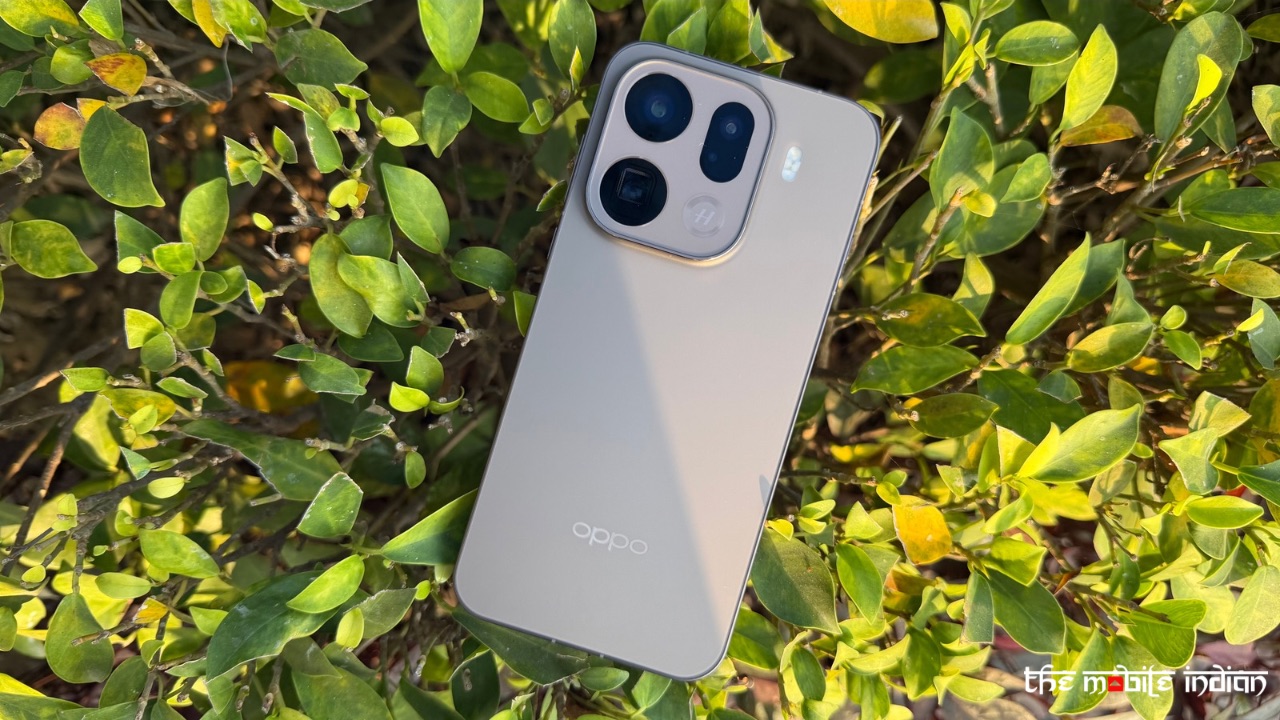
The stereo speaker setup on the device is decent for a flagship. The sound signature does have a little hint of bass, while the two speakers are quite loud and very clear in terms of vocals.
The device is further IP66, IP68 and IP69 rated so water and dust aren’t an issue for the handset. The company also provides an impressive quality case in the box of the device so that’s another plus point.
There’s no denying that the Find X9 Pro exudes the premium feeling in all senses when it comes to its design. This is top notch hardware and is one of the best I have seen in the world of Android devices lately.
Display
The Fine X9 Pro sports a 6.78-inch (2780×1264 pixels) AMOLED Display with a 1 to 120Hz adaptive refresh rate, up to 3600 nits peak brightness, 450 ppi, 2160Hz high-frequency PWM dimming, 240Hz touch sampling rate, HDR 10+, and Dolby Vision. It is protected with Corning Gorilla Glass Victus 2.
The display also has a 3D ultrasonic fingerprint sensor beneath it which works phenomenally. It is quicker than Pixel 10 Pro’s scanner and is also very accurate so that’s another major improvement over last year’s optical sensor used in Find X8 Pro.
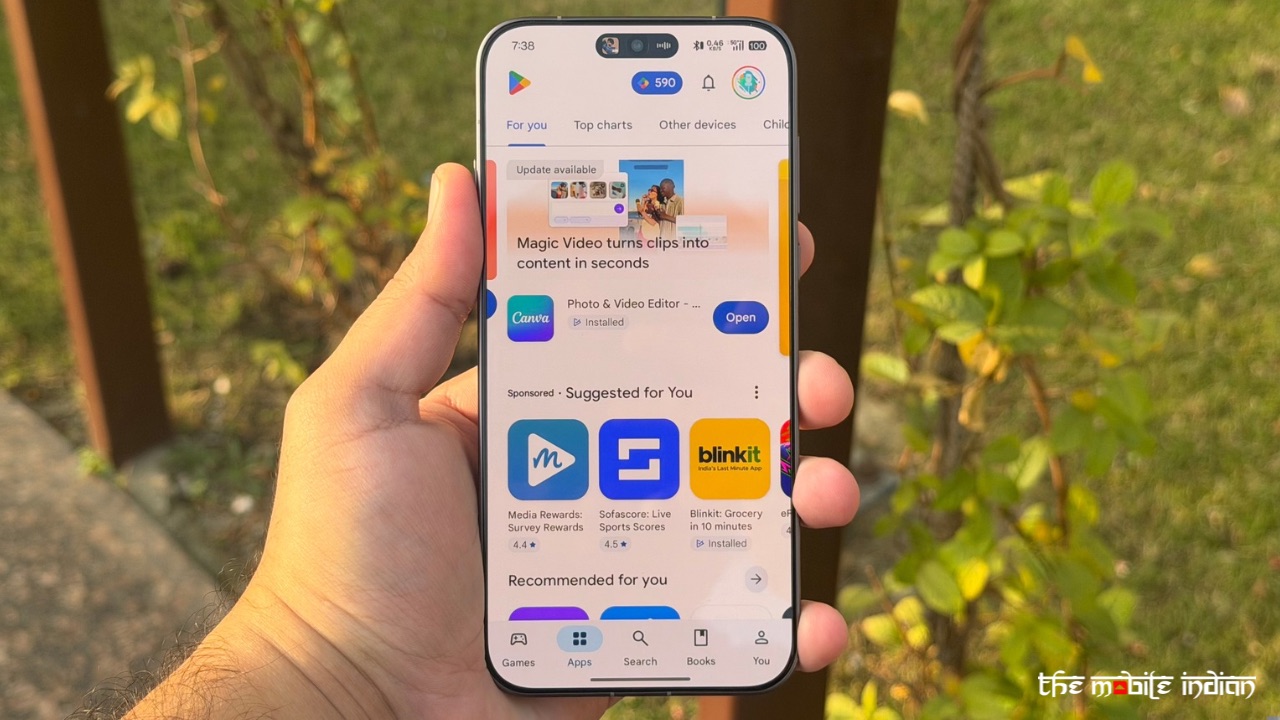
As for the display itself, one might expect 2K Resolution at this price but even at 1.5K, I don’t see any issues here. It’s sharp, vivid, smooth, responsive, and punchy at the same time. The viewing angles are great while the panel itself feels and looks flagship grade. The brightness outdoors under direct sunlight is also enough for clear readability.
Netflix app shows support for both Dolby Vision and HDR 10 and if you plan to watch content on this panel, you are in for a treat.
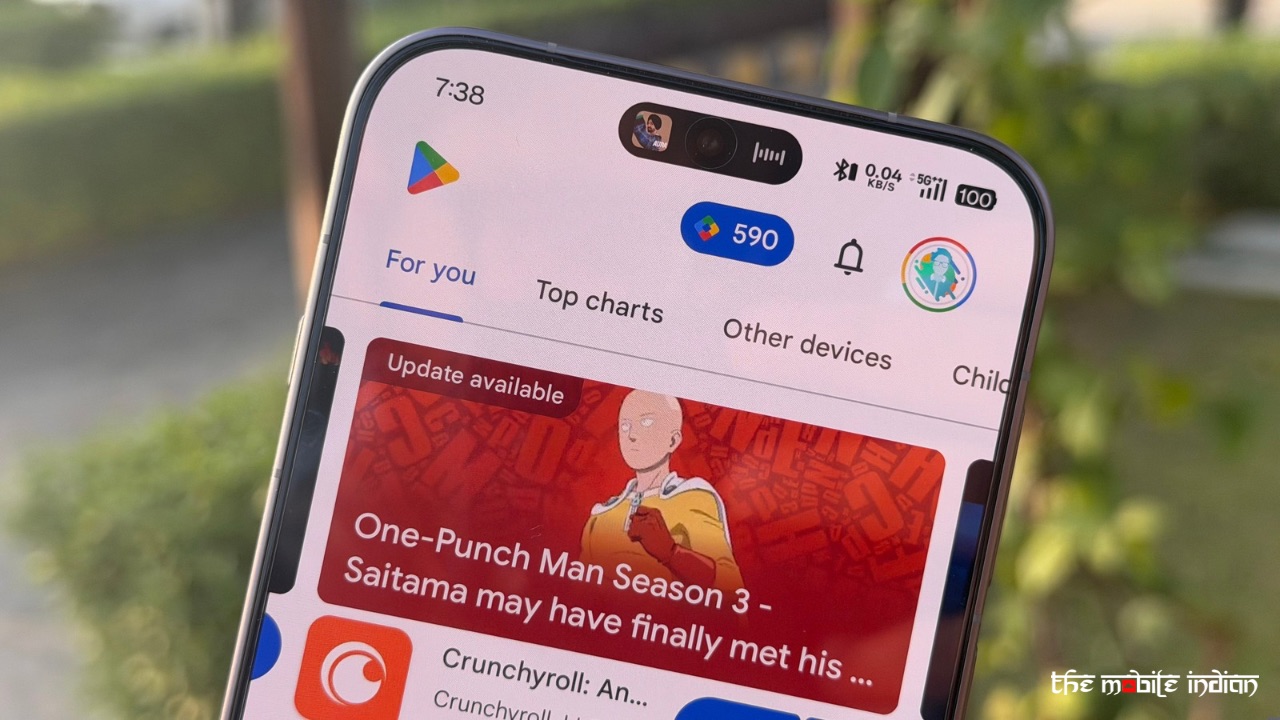
Even aesthetically, the bezels around the display are some of the thinnest I have seen, even more so than the iPhone 17 Pro, so Oppo has nailed it in that area as well.
Overall, I couldn’t think of any complaints I had with this display.
Software & Performance
The Find X9 Pro runs with MediaTek Dimensity 9500 chip under the hood, paired with 16GB of LPDDR5x RAM and 512GB of UFS 4.1 storage. These are top notch specifications an Android flagship can offer right now and as expected, they don’t disappoint.
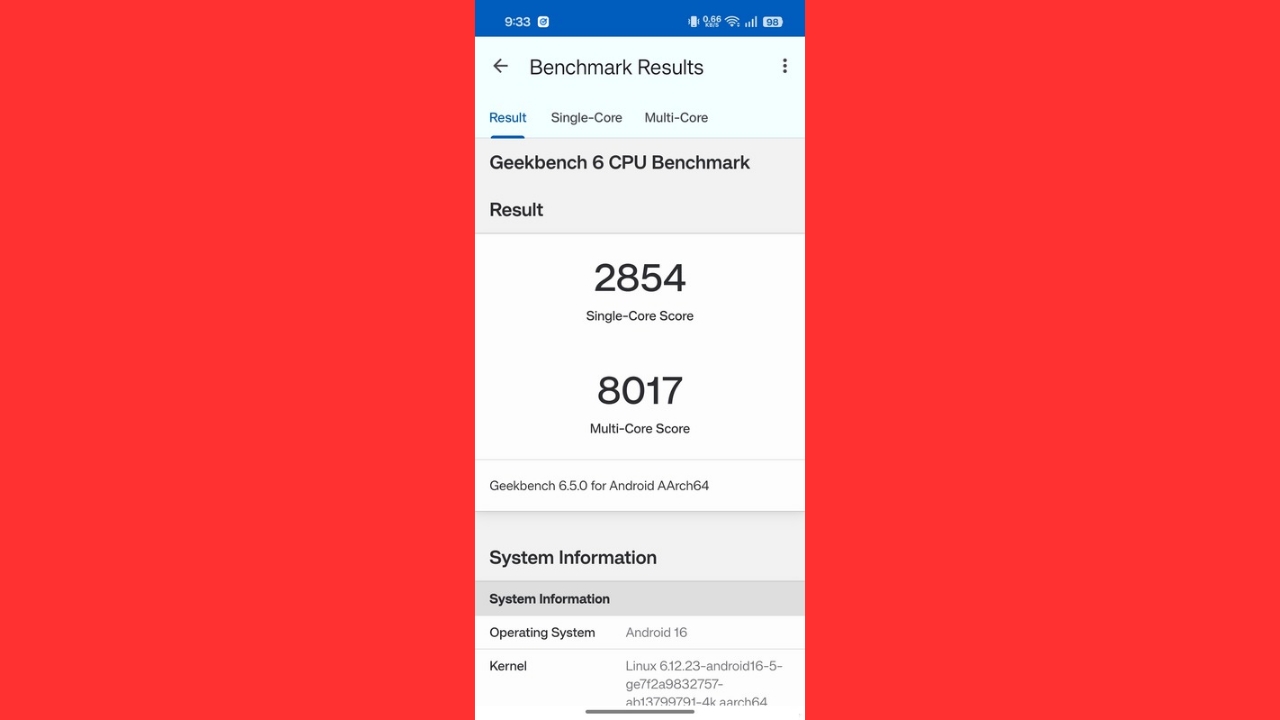
For those looking for benchmarks, the device scored 2854 in the single-core test and 8017 in the multi-core test.
As for real-world performance, there’s nothing to complain about here. No matter how you’ll try, the Find X9 Pro won’t show even a millisecond of a lag or stutter, be it while exporting videos, playing high-end gaming titles at maximum graphics, or some other heavy task.
RAM management remains one of the best I have seen on an Android device with multiple apps staying in memory for a considerable amount of time. Switching through apps is quick and fluid, while opening and closing apps is snappy. You can also change the animation speed for opening apps so it can either be smooth or it can be slightly faster.

It can perform really well while playing titles like BGMI or CODM at the maximum graphics possible without dropping frame rates. Yes, the phone does get a little warm but that’s expected and totally normal. Gaming features like 120Hz refresh rate while gaming, voice changer, smart dual-channel network, pro gamer mode, bypass charging, etc., all add to the value the device offers for a gamer.

Coming to software, we loved ColorOS 15 last year and ColorOS 16 only adds to that with a few quirks Oppo could have easily avoided. This includes bloatware such as Hot Apps, Meta app manager and installer, which ideally shouldn’t have been there as this device costs a lakh rupees. However, they can be disabled so that’s a plus point.
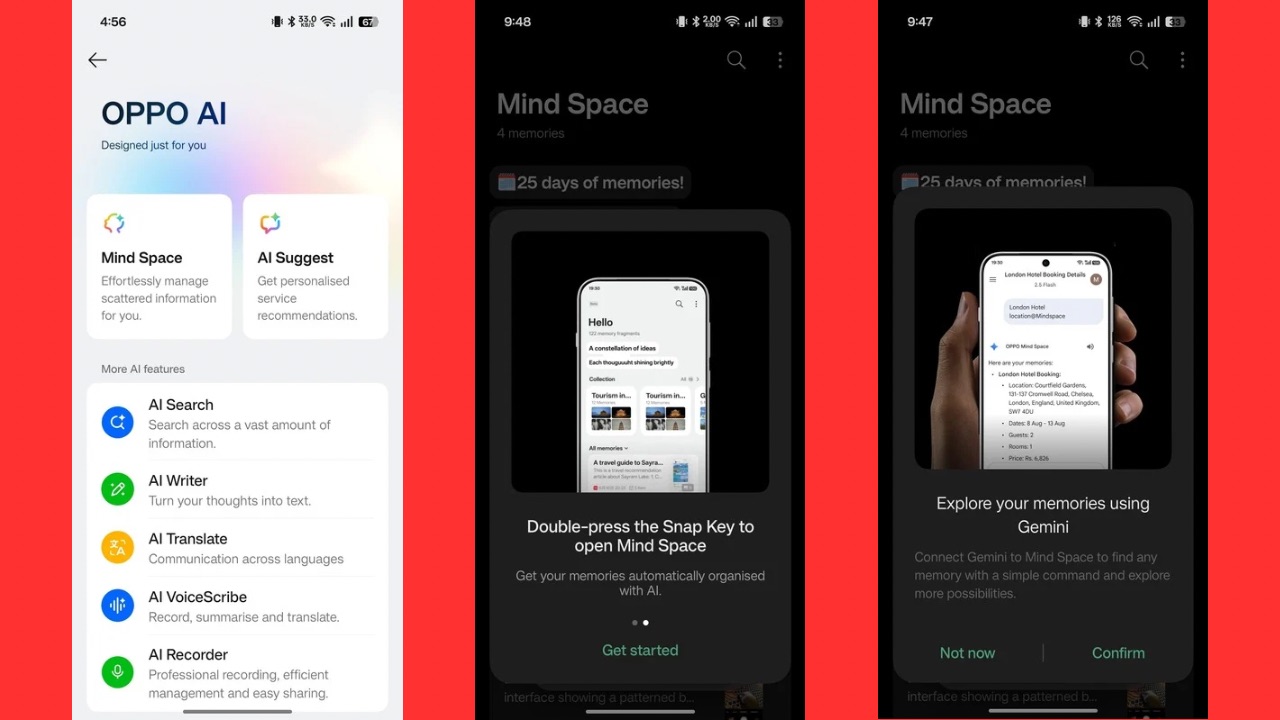
Putting that aside, there’s a lot to like about ColorOS 16. Starting with AI, you get the regular tools like Gemini, AI writer, Summariser, Translate, VoiceScribe, Recorder, etc. Mind Space is also here which we have seen in OnePlus devices before.

Inspired by Nothing’s Essential Space, you can basically add screenshots, voice notes, set reminders, and do a lot more within Mind Space. It can then summarise all that content and answer your questions based on it. You can also create collections to store content you want in a grouped format.
Mind Space can be triggered with the Snap Key for quick access, so you can click it once to save a screenshot, press & hold to record a voice note and save it, or double tap the key to open Mind Space. If you remap the key to Sound Mode or some other feature, you can create a Mind Space shortcut on the home screen to use the app.
Regular ColorOS features such as Split View, Live Alerts, Smart Sidebar, Floating Window, are all here. A bunch of gestures and motions are also present, such as three-finger swipe for screenshots, air gestures to accept calls without touching the screen, screen-off gestures, and more.
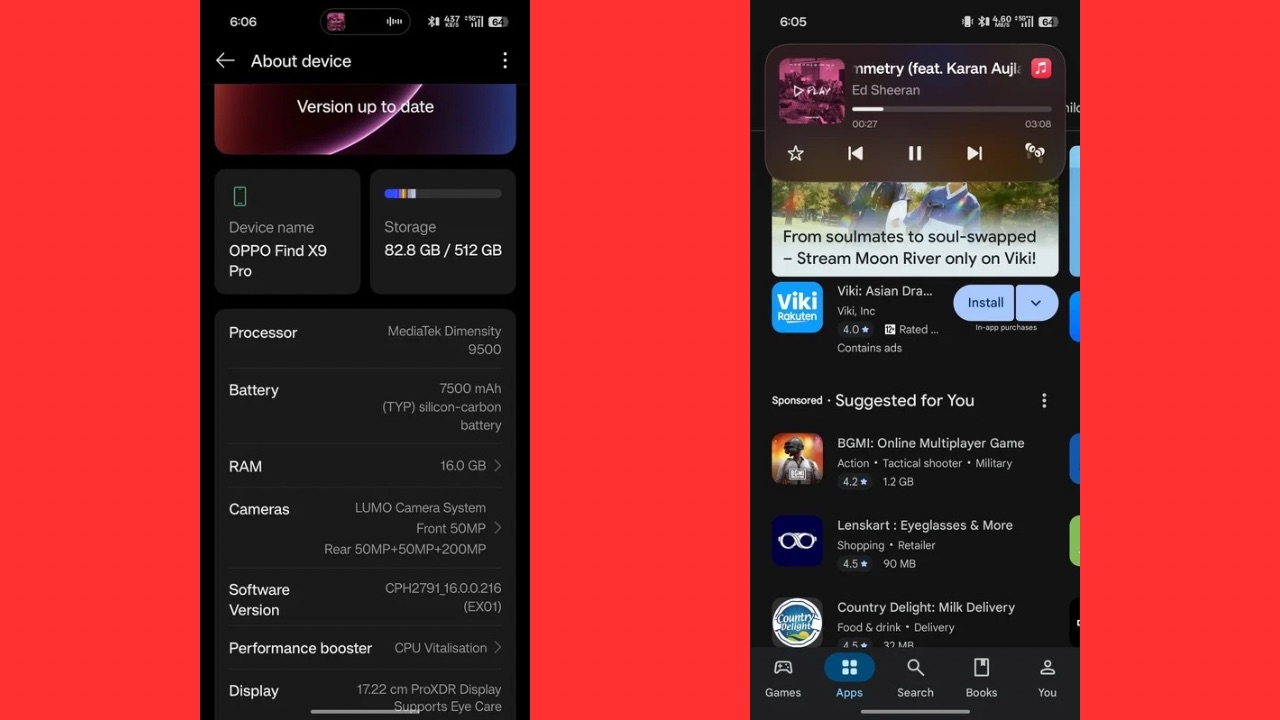
Live Alerts now support even more third party apps such as Sports from Google, Google Maps, etc., so more apps can make use of the pill in the status bar to show status of ongoing activities. Apps like Swiggy, Zomato, Blinkit, and system functions like Music Playback, Movie time reminders, Hotspot, Screen Recording, and more, are also supported.
Features like Glove mode, Zen Space, and Game Booster are also great inclusions. Another useful new addition is the Outdoor Mode that can increase your internet speed, provide more accurate location services and improved app performance.
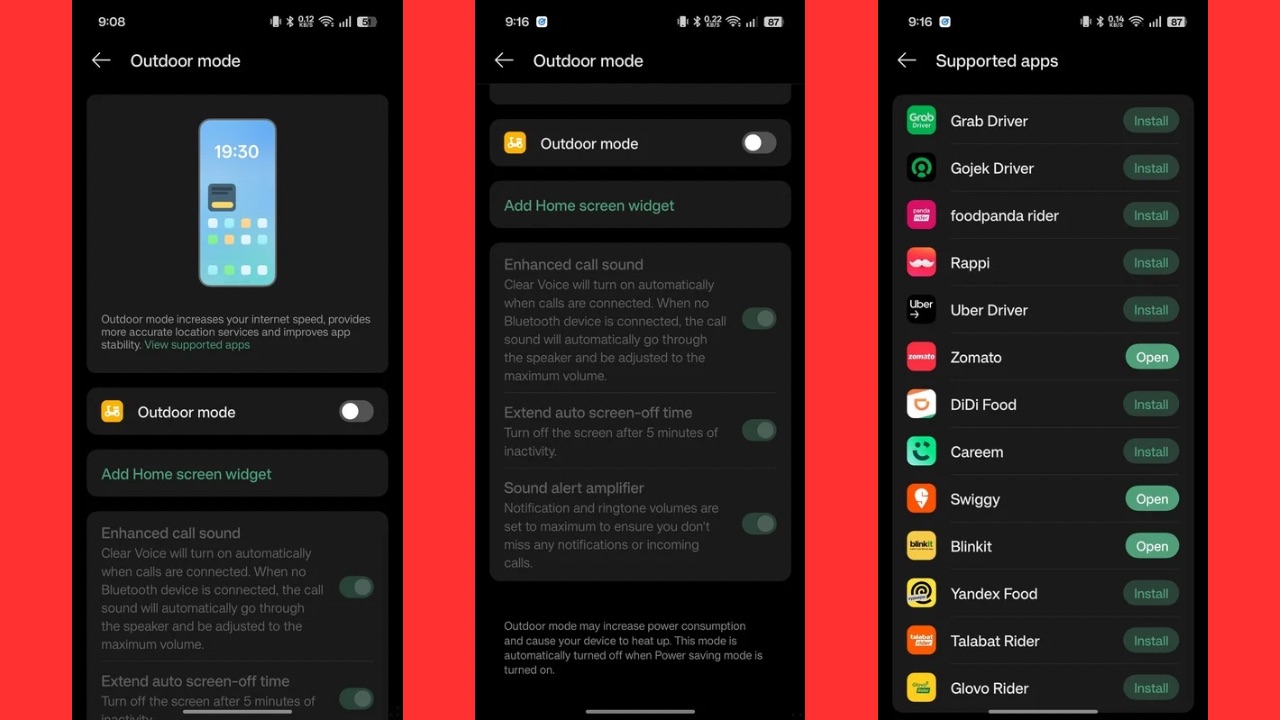
Supported apps include Food delivery apps like Food Panda, Swiggy, Zomato, Blinkit, and more, so riders who plan on using the phone outdoors the most can use features enhanced call sound and sound alert amplifier which can be useful in loud environments.
User interface-wise, the split quick settings have been slightly tweaked in ColorOS 16 with a more colourful design, a new ‘My Devices’ tile, and also a new Sound Mode tile similar to what we have seen in Nothing OS. Notification Snoozing is also making a comeback so you can snooze notifications and select a time period from the pre-defined options.

A lot of new Flux Themes have also been added, some of which have an iOS-inspired design but still look impressive while some unique ones look even better.
New live clock styles, lock screen message fonts, new widgets, new live wallpapers have been added and are a treat for those who love customising the look of their devices as you can never get bored of these due to the vast amount of possibilities for customisation. Depth effect can also be added to clock styles and lock screen shortcuts can also be changed.
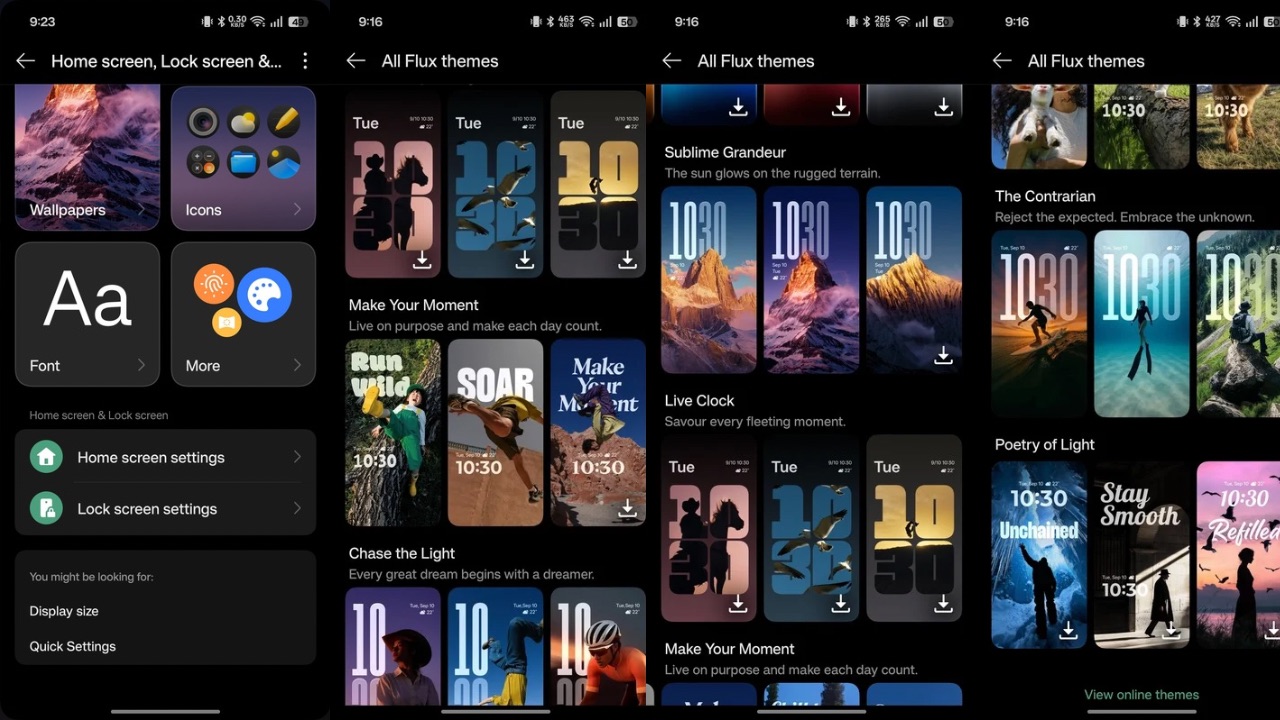
There’s also a new so-called full-screen AOD option where the AOD can show your lock screen wallpaper but it cannot be called AOD because it will turn off after a few minutes on its own “to save battery”. This limitation defeats the purpose of the feature and can’t be called AOD, so it essentially doesn’t match Samsung’s and Apple’s implementation of the same feature which always show the wallpaper on AOD without turning off the screen.
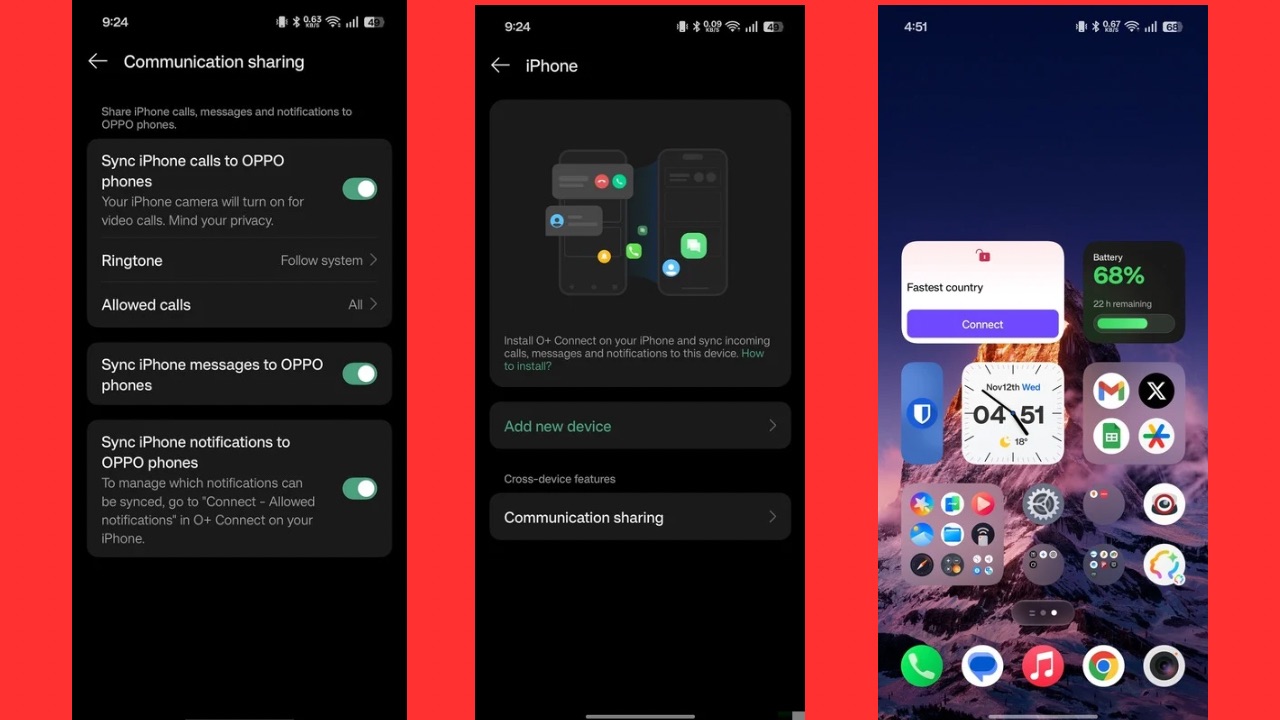
For those who use an iPhone, even that device can be connected through the O+ app on the iPhone so incoming calls, messages, and notifications can be synced to the Oppo phone.
Connectivity options include 5G SA/NSA, Wi-Fi 7 (802.11be), Bluetooth v6.0, GPS, IR blaster, and a dual-antenna NFC, all of which work without hiccups. 5G reception is so good that it could work in areas even when devices like Pixel 10 Pro gave up.
Battery Life
The Oppo Find X9 Pro packs a huge 7500mAh battery which uses Oppo’s third generation silicon carbon technology, paired with 80W fast wired charging and 50W wireless charging. Battery life on the device has been nothing short of exceptional.
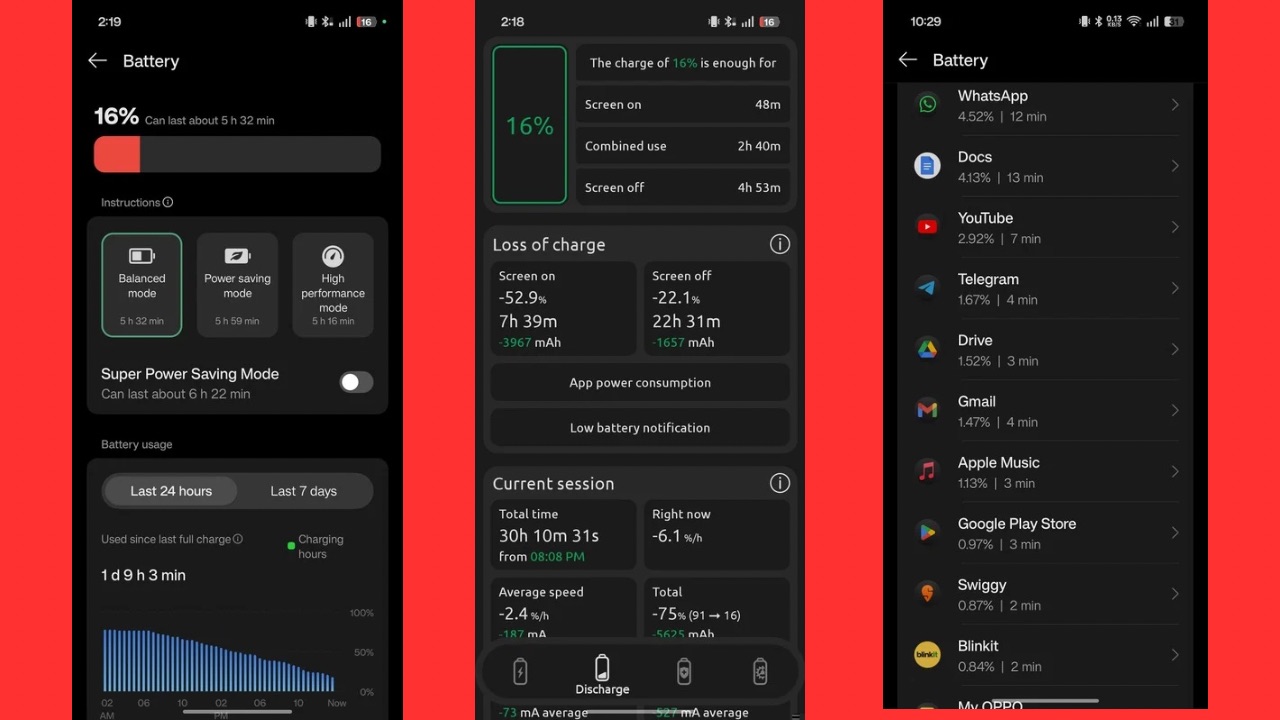
With my usage, which generally includes a lot of social media apps, chatting on WhatsApp, some calling, browsing Chrome, listening to music, streaming videos on YouTube, AOD always enabled, and using 5G occasionally, most devices last around a day or slightly more with about 7 to 8 hours of screen-on time.

However, the Find X9 Pro broke those barriers and easily gave me around 30 to 33 hours of use with a consistent screen-on time of close to 10 hours and that is beyond amazing. With minimal use, it can even get you through a second day of use without plugging in. With a full two-day use, the device delivered a screen-on time of 7.5 hours.
The system stats do not support showing screen-on time since last charge and instead show stats of last 24 hours of use, so that’s a bummer. Due to that I had to rely on a third-party app to calculate the screen-on time which was pretty accurate.
It takes about 1 hour and 40 minutes to fully charge, which is pretty impressive given the size of the battery. However, the device does get warm to the touch while charging.
Cameras
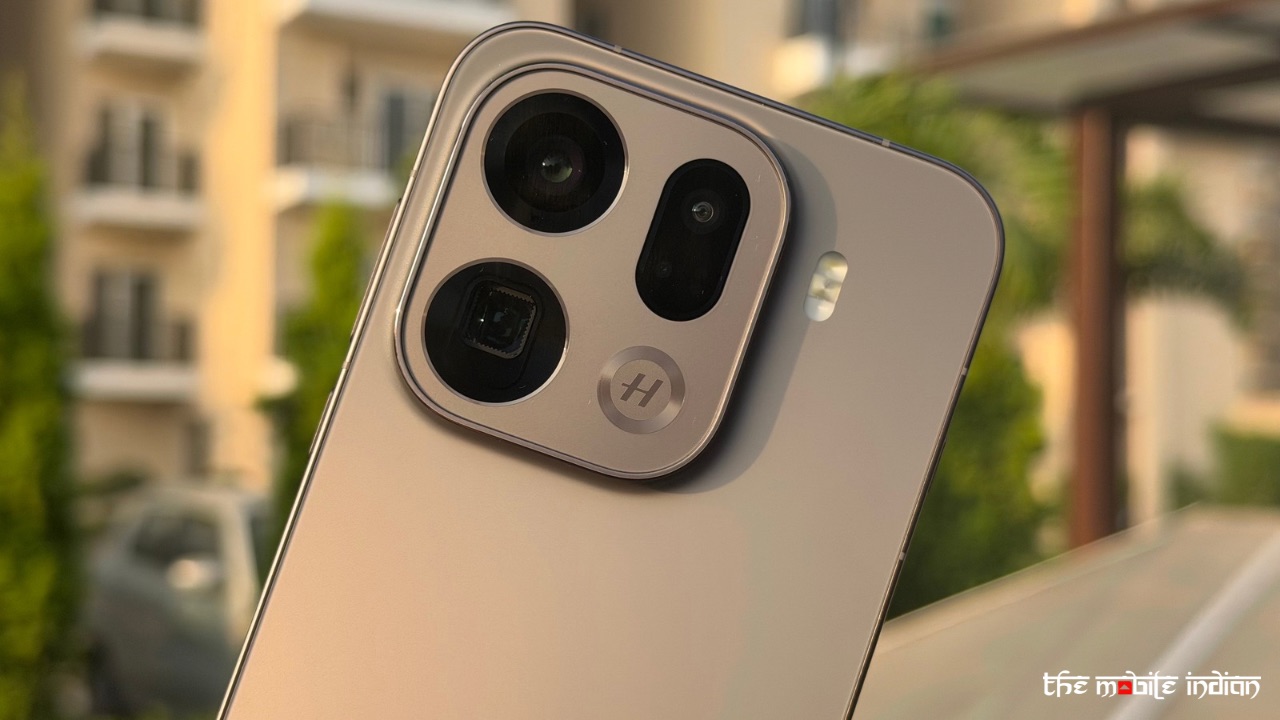
We already have a detailed Find X9 Pro camera review so you can refer to that for a more comprehensive look at the camera capabilities of the device with real world shots.
To sum it up, the main camera produces vibrant photos that lean toward richer tones rather than natural ones, but they look visually appealing and lively. Details are well preserved, and though the dynamic range could use a bit of improvement—especially in handling darker areas—it still manages most situations effectively.
The ultra-wide lens maintains consistent colours with the main sensor and performs impressively in terms of exposure and distortion control. Portraits taken through the telephoto lens show excellent EDGE detection and natural-looking background blur, though it does require some distance from the subject. Overall, the detailing remains strong across these modes.
When it comes to zoom, the phone performs best up to 3x optical zoom, offering sharp, detailed results. Beyond that, colours begin to shift slightly at 6x, and detail loss becomes more noticeable past 20x. By 60x and 120x, photos tend to look overly processed and soft.
Under artificial and low lighting, the camera continues to impress with rich detail and well-handled exposure, though a slightly cooler tone would have made night shots look more balanced. Selfies also deliver natural skin tones and sharp details, with Portrait mode keeping edge detection accurate and consistent.


